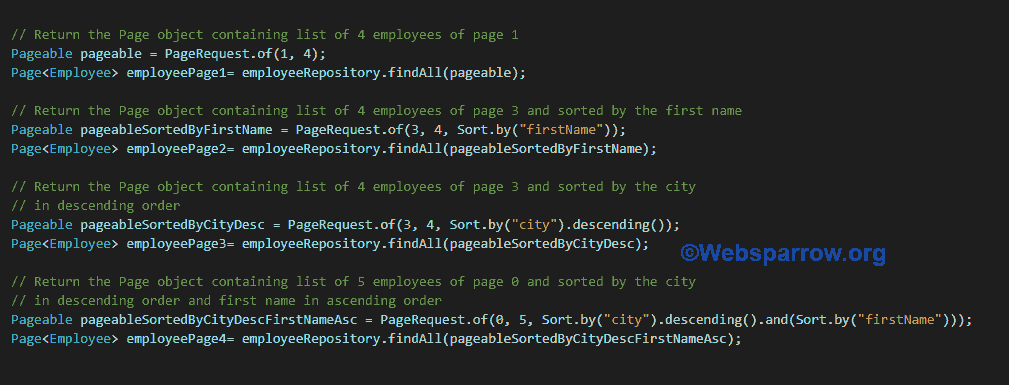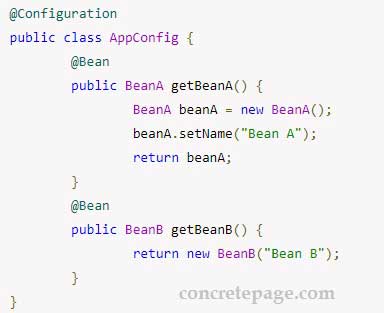
Spring Framework Stereotype Annotations annotation is used on classes to indicate a Spring component. You are instructing Spring that it should initiate this property using setter method where you can add your custom code, like initializing any other property with this property. When you use on setter methods, Spring tries to perform the by Type autowiring on the method. (This is a very poor practice though!) public class Customer Person person You can even use on private properties, as shown below. When you use on fields and pass the values for the fields using the property name, Spring will automatically assign the fields with the passed values.

The annotation injects object dependency implicitly. annotation is applied on fields, setter methods, and constructors. Otherwise an exception of type BeanInitializationException is thrown. The annotation indicates that the affected bean must be populated at configuration time with the required property. Consider a scenario where you need to enforce a required property. Core Spring Framework Annotations annotation is applied on bean setter methods. In this post, we’ll take a look at the annotations available in the Spring Framework. Today, the use of annotations provide us tremendous capabilities in how we configure the behaviors of the Spring Framework. Prior to annotations, the behavior of the Spring Framework was largely controlled through XML configuration.


Due to the way they are defined, annotations provide a lot of context in their declaration. Leading Java frameworks were quick to adopt annotations and the Spring Framework started using annotations from the release 2.5. The Java Programming language provided support for Annotations from Java 5.0.


 0 kommentar(er)
0 kommentar(er)
